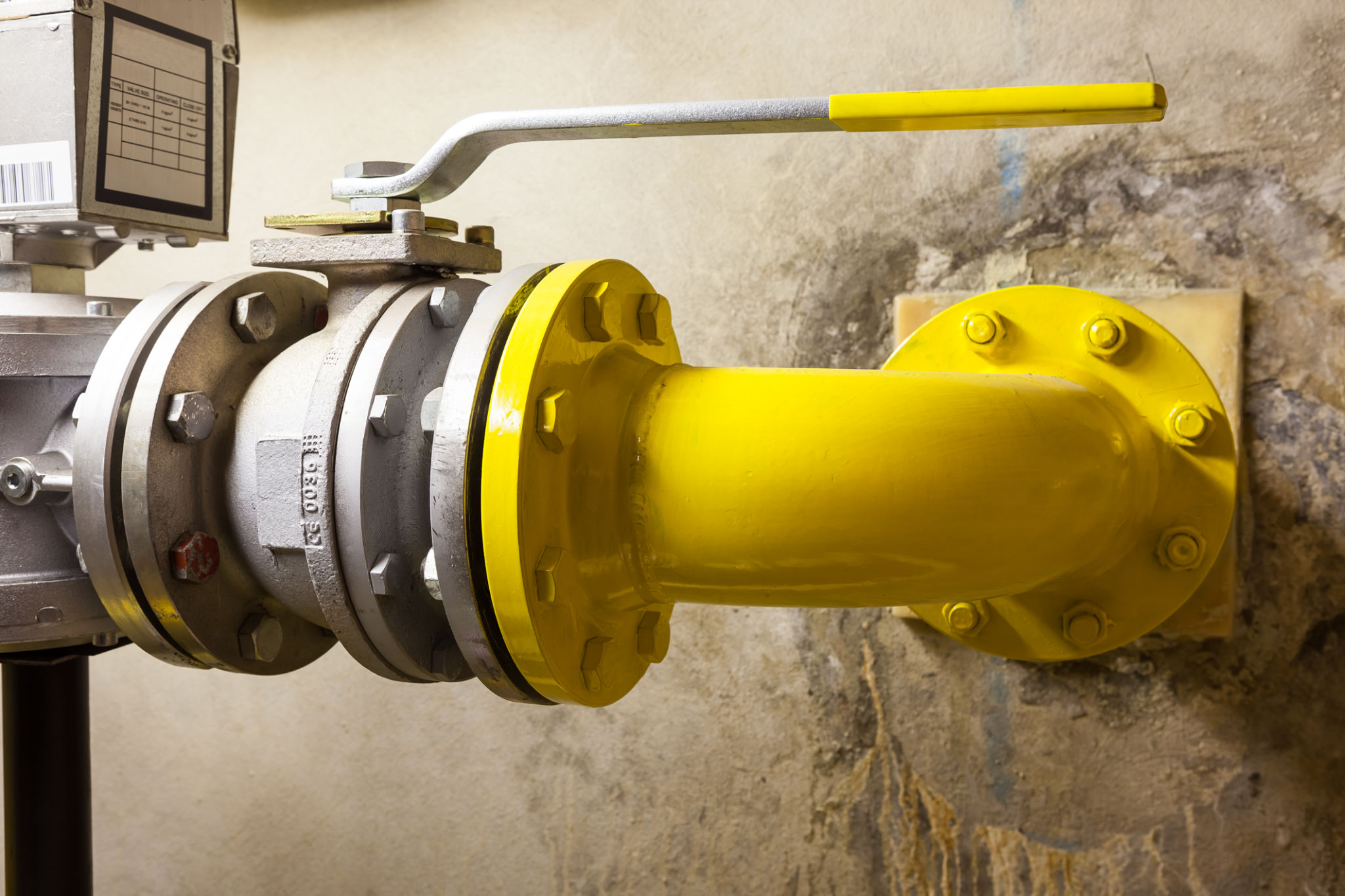How to Conduct a DIY Backflow Test: A Step-by-Step Guide
Understanding Backflow and Its Importance
Backflow is a critical issue that can compromise the safety of your water supply. It occurs when water flows in the reverse direction, potentially allowing contaminants from various sources to enter the clean water supply. Conducting regular backflow tests is essential to ensure that your plumbing system remains safe and compliant with local regulations.

What You Need for a DIY Backflow Test
Before starting a DIY backflow test, gather the necessary tools and equipment. You will need a backflow testing kit, which includes gauges and hoses specifically designed for this purpose. Additionally, make sure you have basic plumbing tools like wrenches and pliers. For safety, wear protective gloves and goggles.
Step-by-Step Guide to Conducting a Backflow Test
Step 1: Locate the Backflow Prevention Device
The first step in conducting a backflow test is locating the backflow prevention device. This device is usually found near your water meter or where the main water line enters your home. Identifying it correctly is crucial, as this is where you will perform the test.
Step 2: Turn Off the Water Supply
Before proceeding with the test, ensure the water supply to your home is turned off. This prevents water from flowing during the test, which could impact the accuracy of your results. Locate the main shut-off valve and turn it to the off position.

Conducting the Test
Step 3: Attach the Test Kit
Follow the instructions provided with your backflow testing kit to attach it properly to the backflow prevention device. Ensure all connections are secure to avoid leaks or inaccurate readings. The gauges will help you monitor pressure changes during the test.
Step 4: Perform the Test
With the kit attached, open the valves on the backflow prevention device as instructed by your kit's manual. Observe the gauges closely to determine if there is a drop in pressure that indicates a backflow condition. Document all readings for reference.

Interpreting Test Results
If your test results indicate a potential backflow issue, it’s important to address it immediately. While some minor issues can be resolved with a simple cleaning or adjustment, others may require professional intervention. If you're unsure, consult with a licensed plumber to ensure your system remains safe and compliant.
Regular Maintenance and Testing
Conducting a DIY backflow test is a great way to ensure the safety of your water supply. However, it's important to incorporate regular maintenance and professional inspections into your routine. Local regulations may require periodic professional testing, so always stay informed about compliance requirements in your area.
By staying proactive and conducting regular tests, you can protect your home from potential contaminants and ensure a safe and reliable water supply for you and your family.
